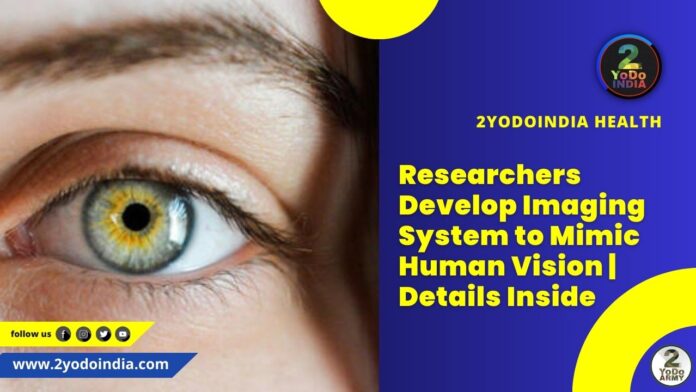Eye is probably the most complex and sophisticated camera mecanism in the world. It was honed over millions of years of evolution and is one of the primary ways through which many animals, humans, perceive the world around them.
But now, researchers are working on imaging systems that mimic human vision.
In the new study, which will be present at the Optica Design and Fabrication conference according to Phys.org, researchers have shown that it is possible to create a lens system that could mimic some characteristics of human eyesight using simple spherical optical components.
To replicate human vision, you need to first understand it thoroughly.
But this can be complicate because of many factors, including the multi-layer image processing done by the human vision system.
To understand this, the researchers develop a new approach to understand the performance of the human eye; one that could be use to design a lens system that can mimic it.
For this, they use two different computational models of the eye to extract important optical measurements.
They then use these measurements to make develop a simple optical design that only requires spherical surfaces.
This system was design to render a visual with just enough detail to emulate how image quality is degrade in the human field of vision.
To evaluate how well their approach work, the researchers compare the performance of the lens system with that of the human vision system.
Their quality assessment show that the new design could easily reproduce the quality of the human vision system without requiring aspherical components, according to Optica.
This is quite useful because aspherical components increase the complexity of the system.
Interestingly, the initial design of the lens system could be “relaxed” by removing some surfaces.
Even with this, the researchers were able to achieve quality that they say is similar to that of human vision.





